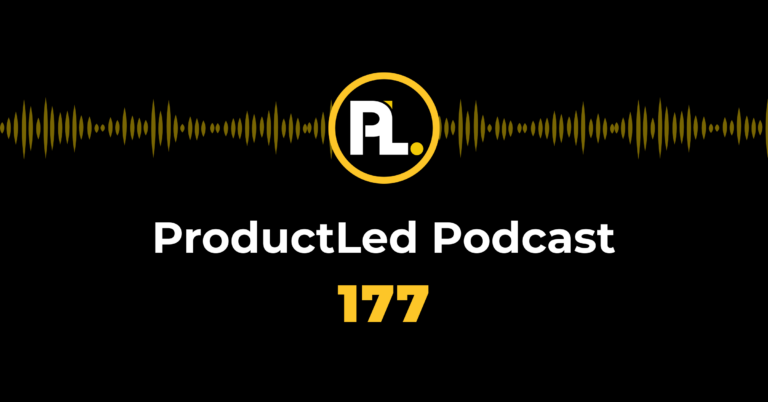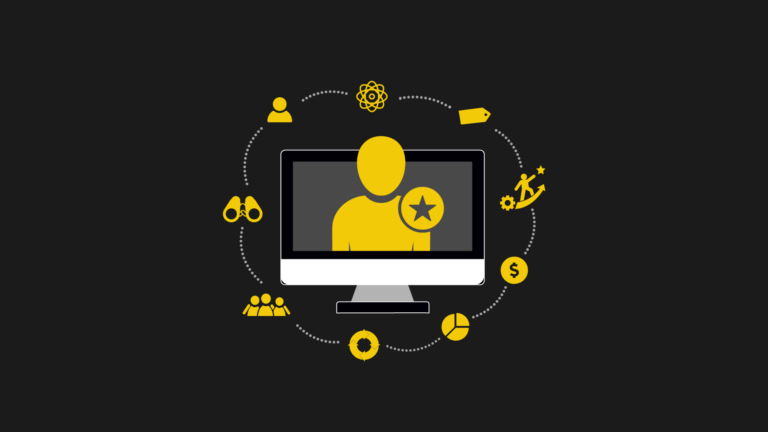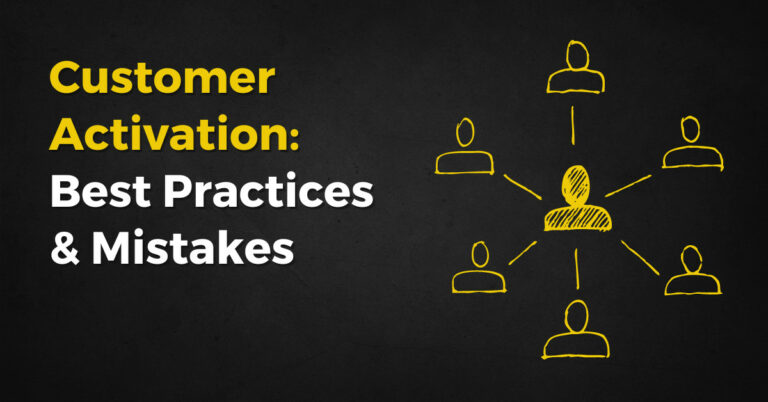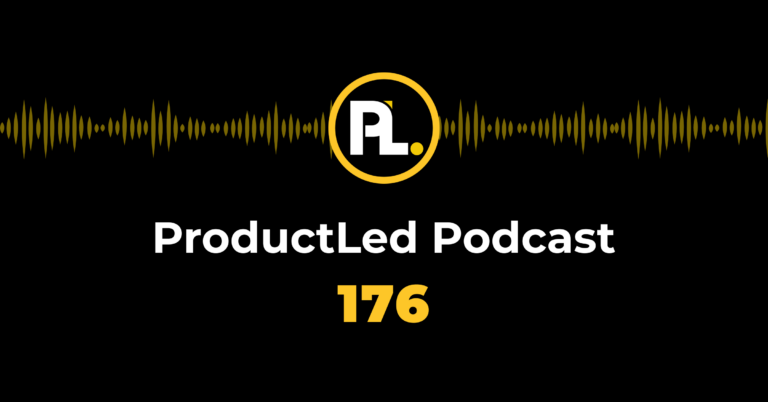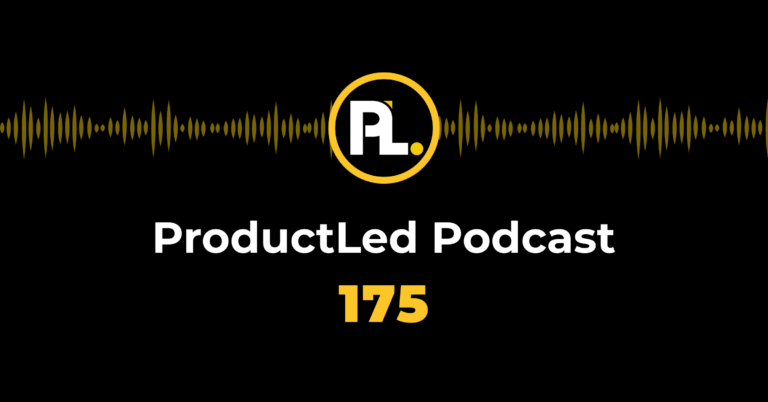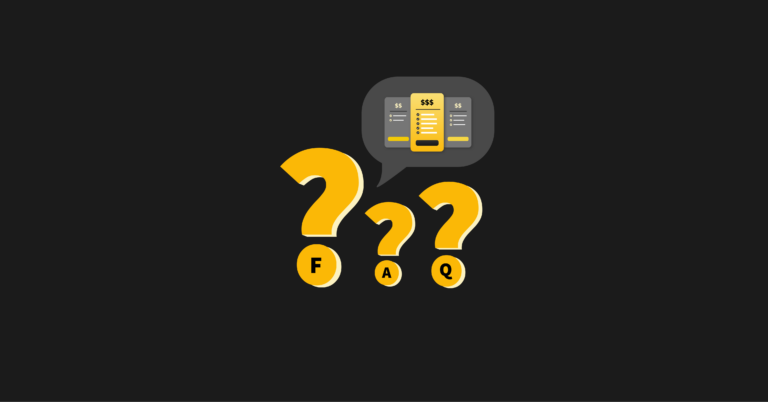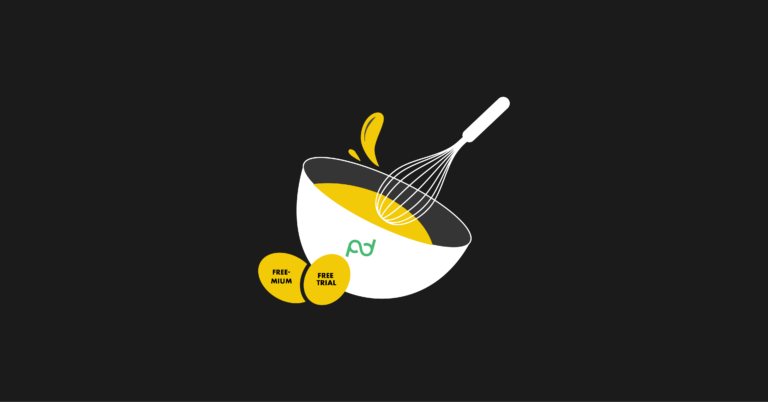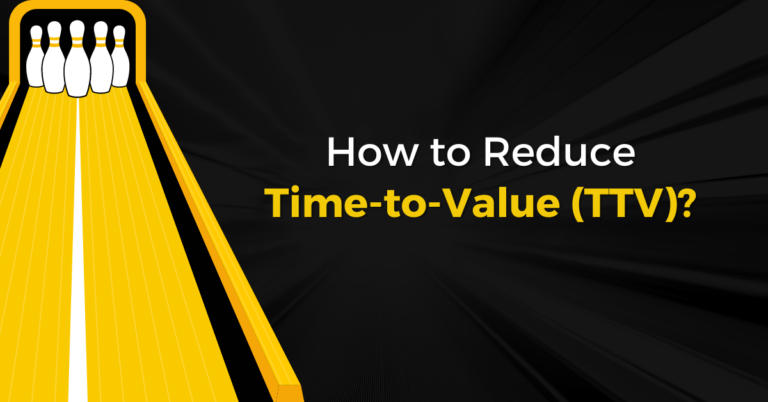How do you win against tough competition in rapidly changing markets? There is no one-fits-all solution.
To help you out, my team at Products That Count created a 3-step product strategy framework to achieve market leadership.
In this article, you'll learn how to build great products and become a market king.
Let’s go.
What Is a SaaS Product Strategy Framework?
A product strategy framework is a high-level plan that helps you identify why your business is unique. It describes what your business hopes to accomplish, and your differentiating factor. Each step of the product strategy framework builds on one another and takes you from the early design phases to the final sales funnel.
What Are the Benefits of a SaaS Product Strategy Framework?
Here are some of the main benefits:
- Provides clarity for your business: You know what makes you different from the pack and what you need to focus on.
- Helps you build a product roadmap: It allows you to determine what features need to be prioritized over others.
- Defines the scope of the product: Helps you hone in on the goal of the product so you can plan and develop accordingly.
- Identify potential problems: Gives you a better understanding of where your product fits in the market so you can be proactive and make informed adjustments.
Examples of a Product Strategy Framework to be a SaaS Market Leader
Salesforce, Netflix, and Uber are the leaders in their respective markets – they’re market kings.
Salesforce challenged the status quo of the on-premise Customer Relationship Management (CRM) platform and created a cloud CRM. This new product promised affordability through user subscription, faster deployment times, and lower complexity. Today the cloud is routine, but at the time of its 2009 launch, the service was a significant shift for organizations.
Netflix transformed how we watch movies. The company took us from going in-store for DVD rentals to receiving them at home by mail. Today, it’s a popular streaming service with TV shows and movies.
Uber changed how taxi service operates. The company moved us from hailing taxis on the street to requesting Uber rides from our smartphones.
So, why are these companies so successful? Each company created a new product category and gained market dominance by changing consumer behavior.
The 3-Step SaaS Product Strategy Framework to Market Leadership
Our guide helps your SaaS company pave the way to unique market leadership.
Here are the three steps of the product strategy framework:
- Design and build a category-defining product that is different.
- Craft a great story to make your customer the hero.
- Communicate a clear story with a sales funnel to grow your business.
Each step of the product strategy framework builds on one another and takes you from the early design phases to the final sales funnel.
Let’s get started.
Step 1: Design and build a category-defining product that is different.
The most essential job of a market leader is to change how people think.
If you change the way people think, you can influence their buying behavior.
Here are some important design components that help change the way people think:
- Category Design: Create a new category and name it.
- Product Design: Design a great product or experience. It should deliver on the promise and solve the problem for which the new category was built.
- Company Design: Establish a business model and organization with a culture that aligns with the point of view of the category.
Let’s take a look at each of these components in detail.
The Category Design Process
Creating and designing a new product has two phases: the category strategy process and the marketing message execution.
Phase I: Category Strategy Process
First, define the problem and name the specific category. For example, Salesforce did this with cloud CRM.
Next, design a blueprint in a broader ecosystem to see how the new category fits.
Finally, make a simple, one-page point of view (POV) document. The POV story should define the problem, explain the new category, and describe the promise the new product upholds.
How do you sell customers on what is different? The answer is an important aspect that needs to be defined clearly in the POV story of your company.
Category kings sell what is different, not better.
The POV example below addresses the problem of ineffective product management:
Phase II: Marketing Message Execution
Phase two of the category design process begins with carrying out the marketing message that leads up to a lightning strike event (more on this below).
To begin, first, evangelize the category problem and the product second. Deliver a marketing message that focuses on the problem, the implications, and why there needs to be a solution.
Next, influence category stakeholders to move from a familiar world into a new reality that ultimately changes their buying behavior.
Finally, host a lightning strike event. The category design process builds to a lightning strike event to bring the new category to life and condition the market to think differently.
For example, Products That Count hosts an annual awards ceremony that celebrates the best products for product managers. This lightning-strike event is an opportunity for key stakeholders to share the vision about why product acceleration platforms are vital and import team leaders how to accelerate their path to market leadership.
Step 2: Craft a great story to make your customer the hero.
When making this step in the product guide to market leadership, Products That Count adopted the storytelling framework from the book Building a StoryBrand by Donald Miller.
Here’s a summary of the storytelling framework: a character has a problem and meets a guide who gives them a plan, calls them to action, and helps them overcome failure that ends in success.
How to Create a Heroic Customer in Your Product Story
Let’s break down the storytelling steps as it applies to your customer and product.
- The story begins with a character – your customer. Make the customer the hero, not your product.
- The customer is then confronted with a problem. Customers buy solutions to internal problems. Think about the category problem designed in step one of the product guide. The customer needs to feel the pain to buy your product.
- Then, the customer meets a guide – your company.
- In your storytelling, your company guides the customer and gives them a plan.
- The customer trusts a guide with a plan. As their guide, you need to encourage the customer to take action to solve their problem independently.
- At this point in the story plot, you need to save the customer. Be clear about what problem you’re saving them from.
- Finally, the story ends with the heroic customer overcoming their problem. Don't assume that the customer knows the impact or how your product will change their life or business.
After creating a great POV story, your company is ready to deliver the story to the market.
Step 3: Communicate a clear story with a sales funnel to grow your business.
For this last step of the product guide to marketing leadership, you need to address a list of key principles. These points are from the book Marketing Made Simple by Donald Miller.
The principles are:
- Craft a BrandScript to clarify your message and the product story you created in step two of the product guide.
- Write a one-liner to simplify your message. By doing so, the message is easier to communicate to consumers.
- Design a landing page. Take your POV story and bring it to life on your website.
- Exchange value on the website to capture email addresses. Give a service or offer some information for free in exchange for customer emails.
- Send prospects helpful emails to solve their problem.
How to Write a BrandScript One-Liner
A BrandsScript one-liner is what your value proposition is to your prospects. The one-liner is similar to the POV story but more concise. A one-liner includes the problem statement, your company’s solution for the consumer, and the result.
Here is a BrandScript one-liner example:
Use your one-liner on your website. By doing so, prospects see that you have a unique product and that what you offer is relevant to their problem.
Elements of an Effective Landing Page
At this stage of the product strategy framework, you have a longer story about how your customer is the hero and a great one-liner. Now is the time to bring this story to life with a landing page (i.e., sales page funnel).
Here are the design elements a landing page needs:
- Header: a few words about what you offer
- Stakes: state what problem you are saving the customer from
- Value Proposition: include what benefits do you promise customers
- Guide: describe why you can solve the problem of the customer and prove your credibility
- Plan: outline simple steps on how to do business with you
- Explanatory Paragraph: put the one-liner as well as the BrandScript so the customer can learn more
- Video: restate key points and make an emotional connection with prospective customers
- Products/ Pricing Offerings: list all the customer options
- Call to Action (CTA): lead generator to exchange value, direct CTA (buy now button)
- Junk Drawer: mention less important information at the bottom of the web page
Communicate With Prospective Customers by Email
After your sales page funnel is complete, send potential customers helpful emails to solve their problems. Hold off asking them to purchase your product at first. Instead, design a sales campaign around nurturing emails. At this point, slowly deliver key information about how you as their guide can solve their problem. Offer some value for free to build company credibility.
Later, ask for the sale through an email sequence that introduces your product. Make it clear how your product will change their lives and make them better.
Finally, analyze the data from your email campaigns and run A/B tests to optimize engagement.
Books to Help You on Your Path to Market Leadership
Each step of the product guide to market leadership can accelerate the ideas and actions of your company to become a successful product-led growth organization. The goal is to increase revenue and become a market leader.
How to Build Your Own Product Strategy
The ProductLed Accelerator is our live, online program that helps companies build and launch products with a compelling free experience that encourages users to upgrade.
The program is spread across four weeks:
- Week 1: You learn how to develop your product-led strategy.
- Week 2: You identify your product-led model (freemium, free trial, or one of three hybrid models.)
- Week 3: You learn how to optimize your onboarding sequence so that users reach the core value of your product as quickly as possible.
- Week 4: You optimize your monetization strategy, allowing you to charge users in a way that aligns with your acquisition model and maximizes upgrades.
Along the way, we provide case studies, decision frameworks, templates, and worksheets so you can learn how to put the strategies to work for your company.
We host Zoom workshops every Tuesday throughout the program to answer questions and offer feedback. You get access to a private Slack group to connect with your cohort and get help from leading industry experts. Plus you have access to all course materials for a year. Enroll today in our next cohort.
If you’re interested in diving deep into product-led growth, be sure to read my bestselling book: Product-Led Growth: How to Build a Product That Sells Itself. You can read it for free here.

